Projects and Science
Spindeltypologie
Spinning of coarser plant fibers and rope making in America
ABT
In some regions of North and Central America coarser plant fibers, such as Spanish moss and the fibers of different Agave species, are spun and plied with a wooden tool known under several names. Occurring names: Spinner, Mayan Spinner, Rakestraw Spinner, Rope Spinner, Twister, Rope Twister, Hair Twister, Twisting Paddle, Whirligig, Tarabilla, Tarrabee and Tarabi (or Tarabe).
The spinner consists of two parts: a round handle which functions as an axis, and a flat piece into which the handle is inserted. The flat piece is notched and pointed so that the strands of fiber can be tied at the notch. The spinning is done by two people: one person revolves the flat wooden device on the handle, while a person opposite the spinner holds the strand firmly in one hand and feeds new fibers onto the end of the strand. The spinner generally backs away from the person feeding the fibers onto the strand. The twine which results from this process is then doubled and plied to make heavier twine. The plying of single twines into heavier twines is also done by two people: one revolves two of the wooden spinning devices - one in each hand - while the other helps to keep the strands close together to facilitate the plying process.
A very similar device has already been used in Pharaonic times and up to the 20th century in Egypt.
It seems as if the spinner is of Spanish origin. This device, named Taravita, was used in the Spanish province of Cádiz for spinning esparto grass.
A YouTube video shows two women from Dagestan spinning with a very similar tool. Unfortunately the picture quality is extremely poor.
The spinner was used by the Koasati (also Chousatta) and Houma, North American Indian peoples living primarily in the U.S. state of Louisiana, as well as in several other southern and southwestern states of the U.S. in the cattle complex (see map).
The Koasati and Houma in Louisiana used Spanish Moss (Tillandsia usneoides), which was spun and woven into saddle blankets.
In Central America the descendants of the Maya in Guatemala use the "Mayan Spinner" for spinning and for the manufacture of ropes made of agave fibers (sisal or maguey).
A guide to the production and use of "Indian Rope Spinners" can be found here: Scout Pioneering
There it reads:
“As early as 1200 A.D. the Papago1 Indians of the American Southwest made rope from cactus fibers using a twirling stick. The technique can still be used today.”
and
"The simple rope spinner shown in figure 71 is a replica of one used sometime around 1200 AD by American Indians who lived in what is now Arizona. With this spinner and fibers from cactus plants in area, the Indians were able to make the rope they needed to construct shelters and for many other purposes. Museum samples show a two-strand rope slightly less than 1/4" [diameter]."
If this is indeed the case the spinner cannot have been brought to America by the Spanish. One must then assume a parallel development. However there is no evidence of museum samples or bibliographic references to back up the assertion are provided for this statement.
A rope twister of the Tohono O'odham from Sells (Indian Oasis), Tohono O'odham Reservation, Pima County, Arizona can be found in the National Museum of the American Indian. It was, however, collected as late as 1915.

Nach / Redrawn after: Kniffen 1953, 181.
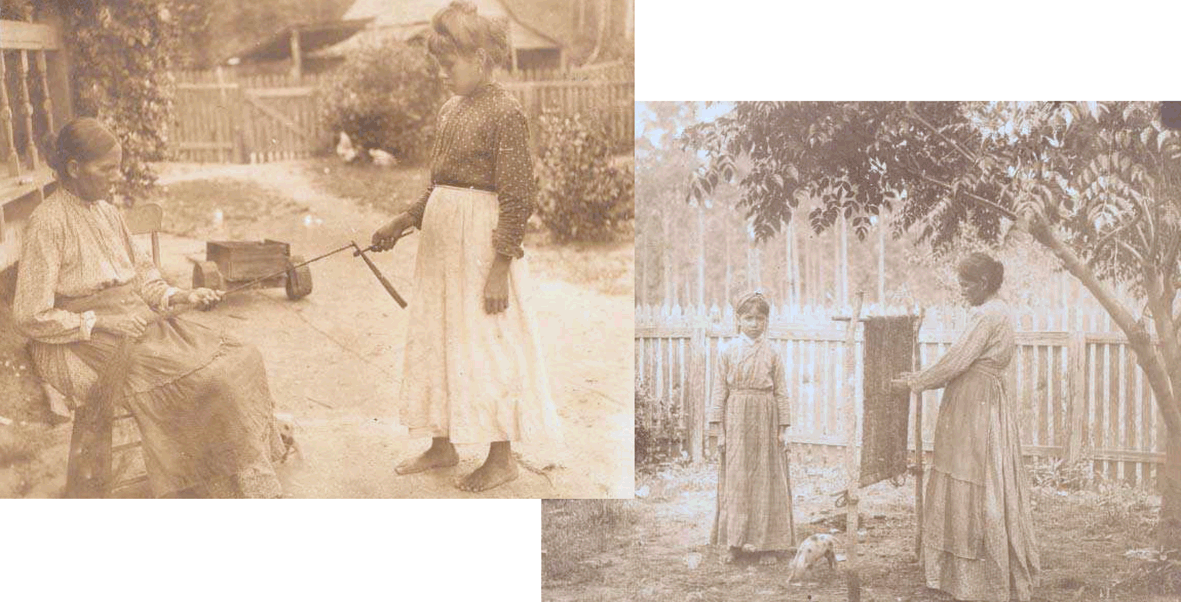
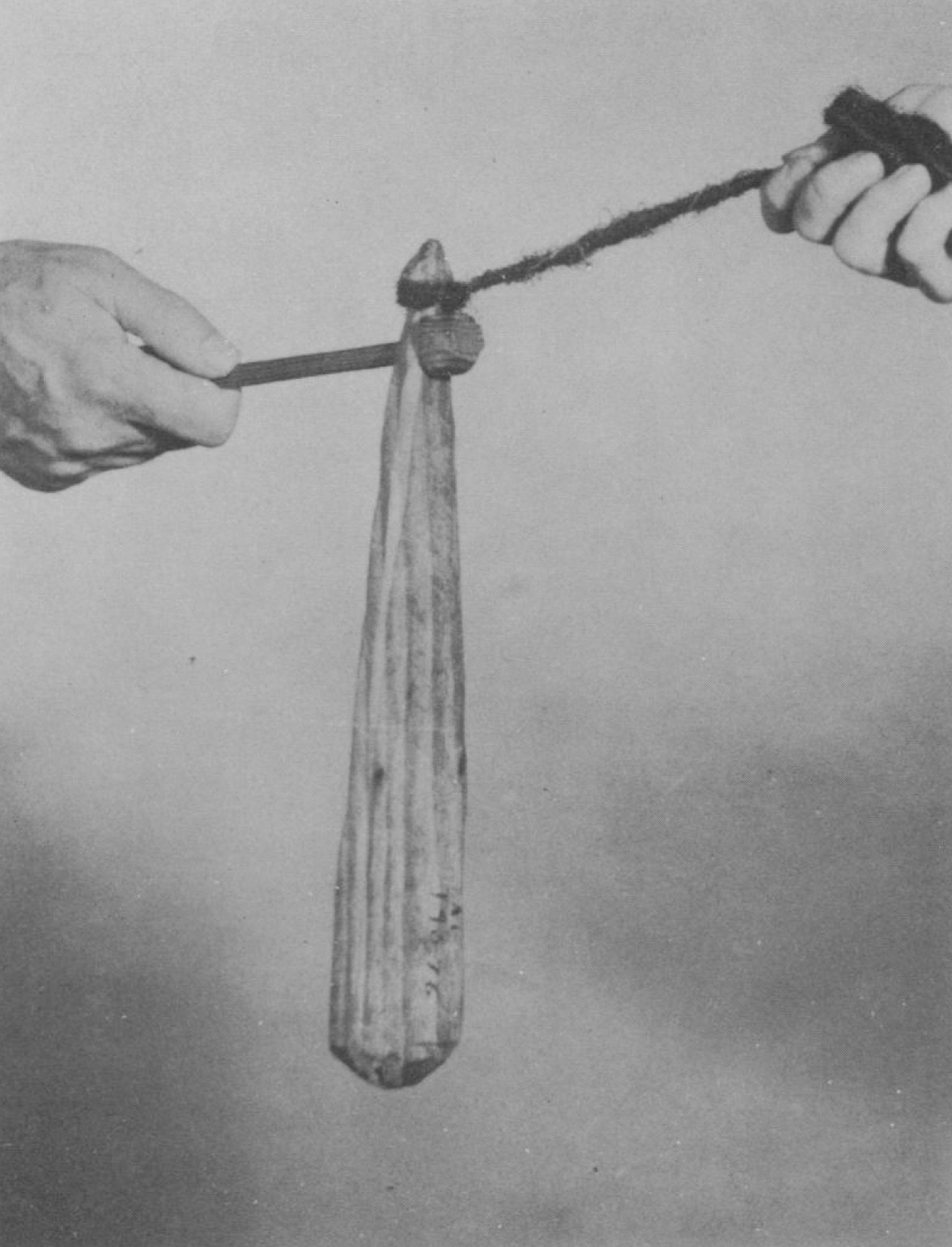
From: Kniffen 1953, 180.
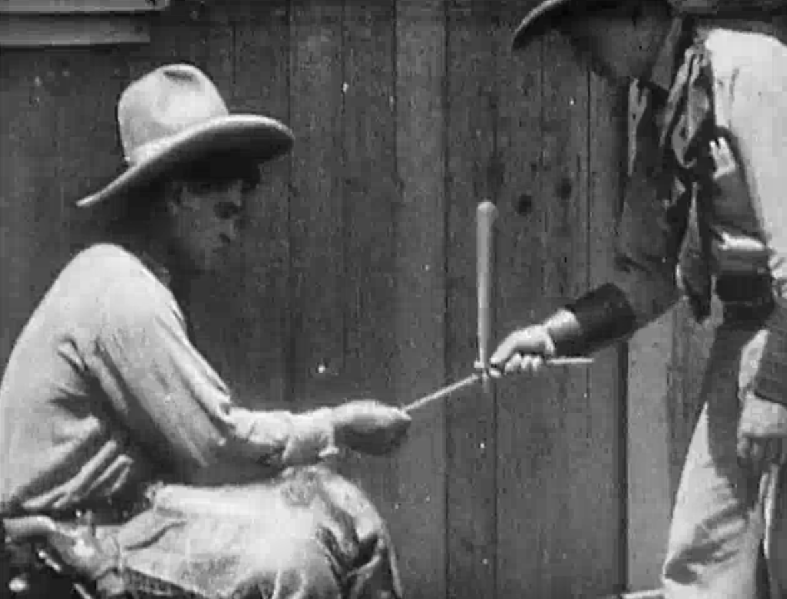
To watch the video click the image or see the page of the National Film Preservation Foundation: How the Cowboy Makes His Lariat (1917)
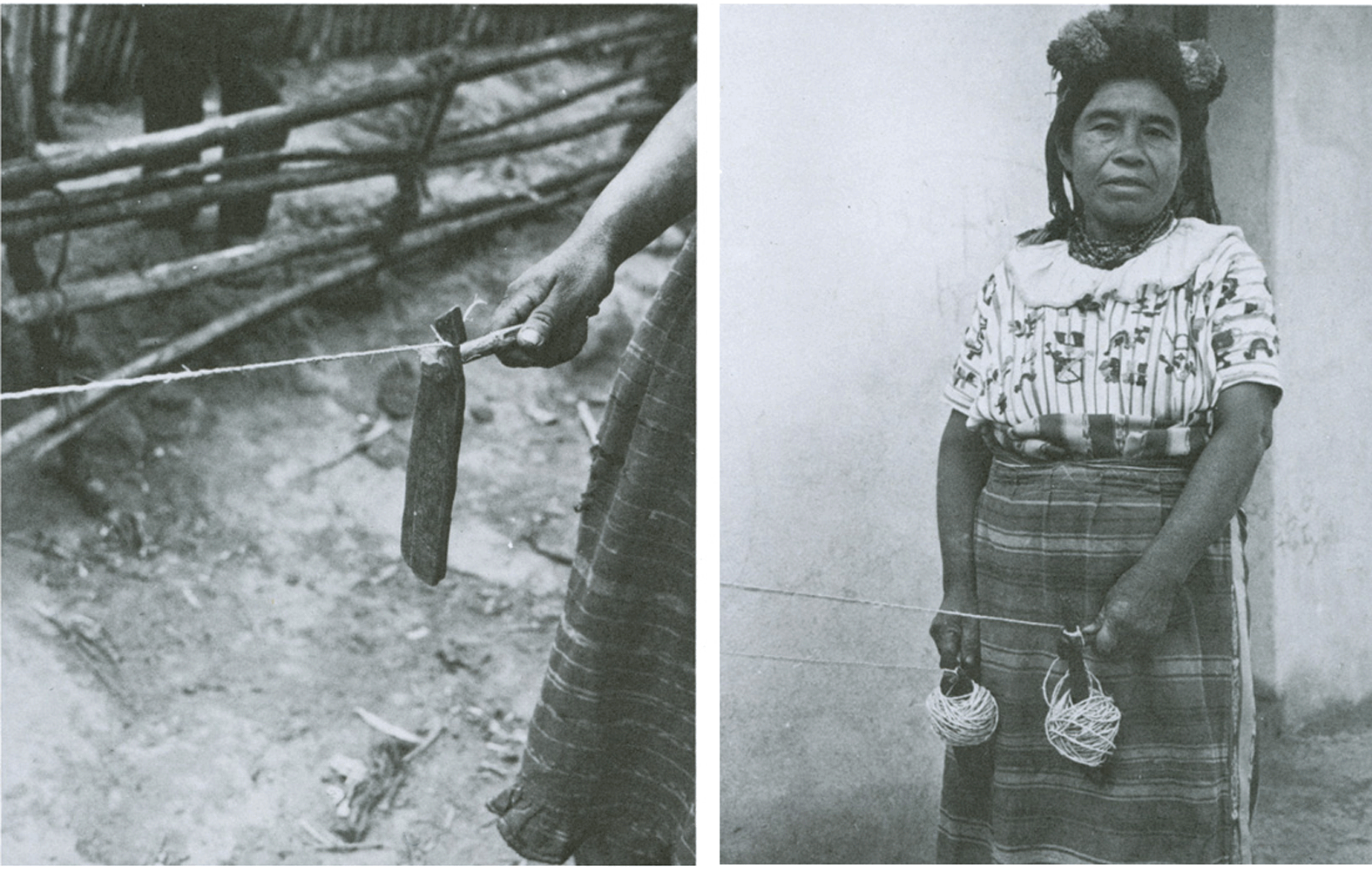
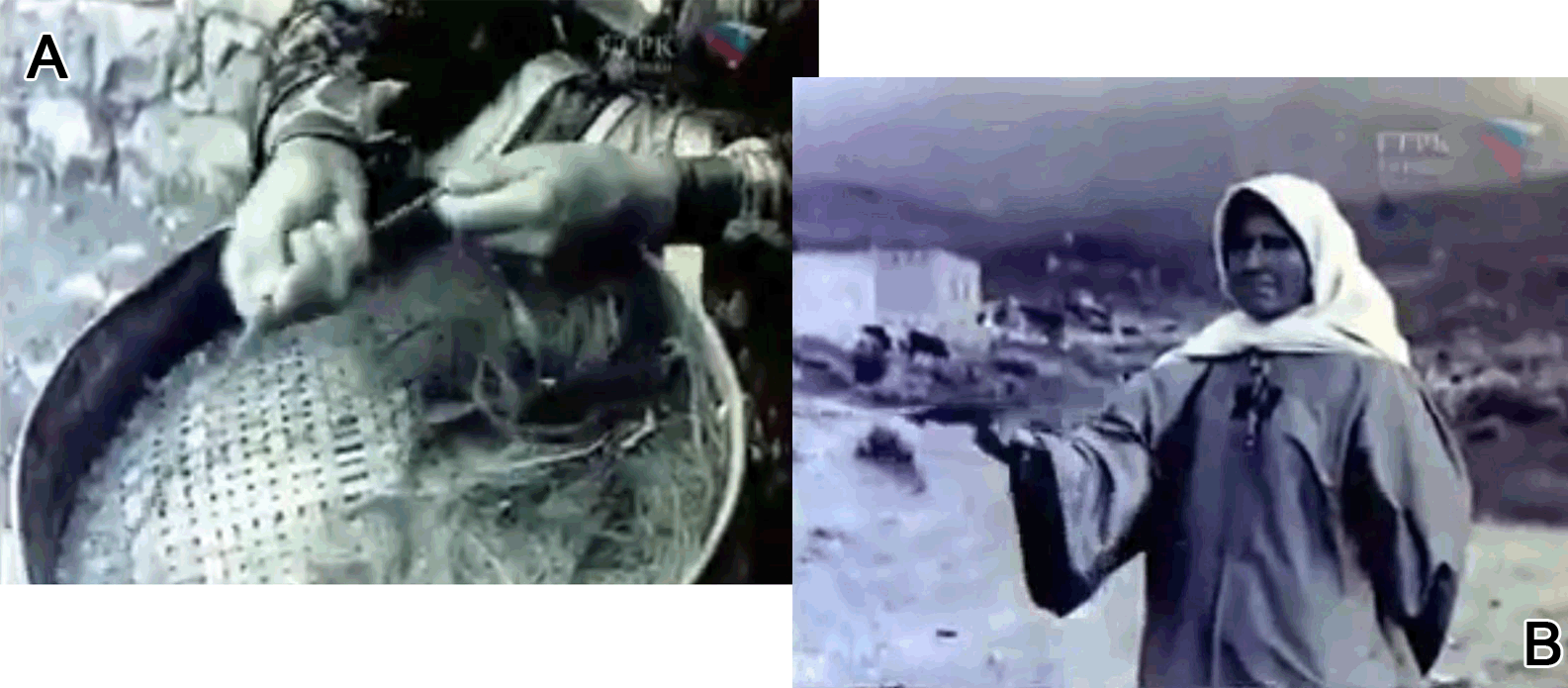
The Republic of Dagestan (Russian: Респу́блика Дагеста́н, Respublika Dagestan; also spelled Daghestan) is a federal subject (a republic) of Russia, located in the North Caucasus region.
To watch the video click the image or see here: Традиционная одежда женщин Дагестана (Traditional Female Dress in Dagestan). The scene can be found at 14:10 to 14:35 minutes.
Literature:
Fred Kniffen, The Western Cattle Complex. In: Western Folklore 12/3, 1953, 179-185. JSTOR
Marilyn Anderson, Guatemalan Textiles Today (New York 1978). ISBN: 0-8230-2158-0
Max Carocci, Clad with the `Hair of Trees´: A History of Native American Spanish Moss Textile Industries. In: Textile History 41/1, 2010, 3-27. Maney Online
1 The term “Papago” is a derogatory name used by the conquistadors, and is rejected by this group of original people who call themselves the Tohono O’odham Nation.